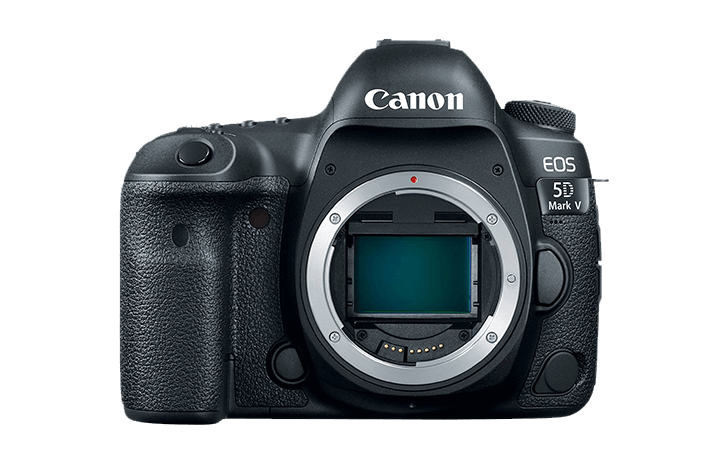Can you please calculate how quickly that would happen?
It would vary with ambient temperatures and airflow rate but we're talking minutes.
(I wonder why people use radiators when they want to dissipate heat by airflow. Should be totally unnecessary, right?)
Internal combustion engines are big three dimensional pieces with internal heat build up. An exposed sensor is effectively a 2D piece with its flat surface exposed to air. The sensor is like a radiator in this respect and would respond very quickly to airflow.
Have you tried to swap the magnesium frame?
That's not a source of heat.
Not if you touch it in the area where it's covered by a low thermal conductivity plastic.
That would be a thermal design issue in a device like this, wouldn't it?
Last edited:
Upvote
0

